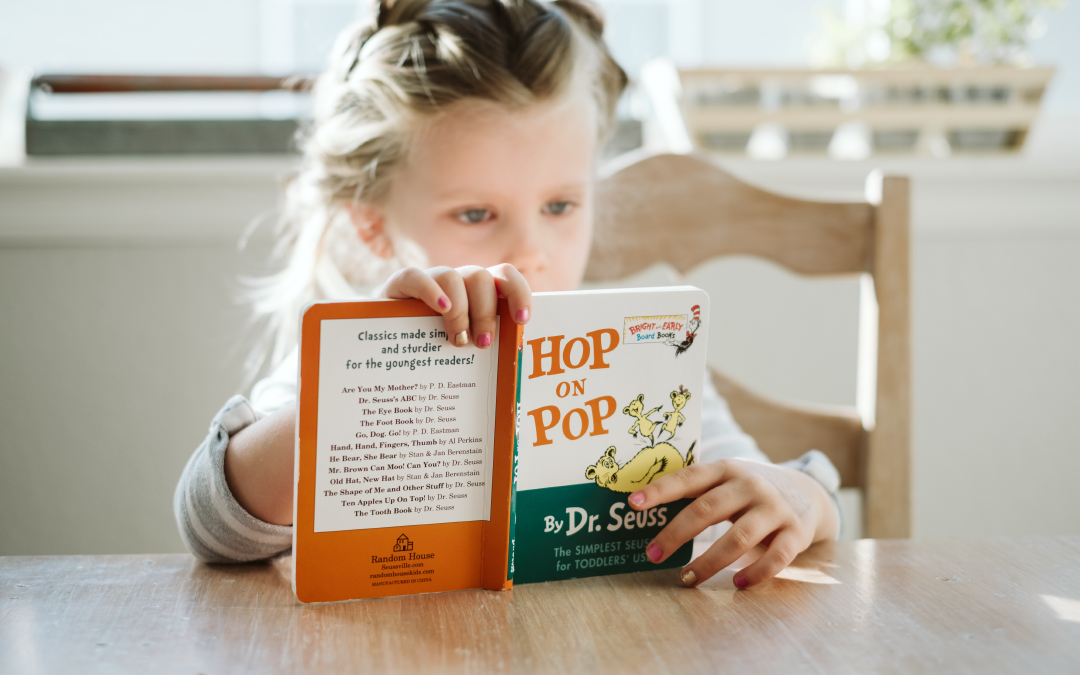“The Reality is that each new reader – that is, each child – must build a wholly new reading circuit. Our children can form a very simple circuit for learning to read, and acquire a basic level of decoding, or they can go on to develop highly elaborated reading circuits and add more and more sophisticated intellectual processes over time.”
Reader, Come Home: The Reading Brain in a Digital World by Maryanne Wolff.
As I’m sure you have heard, February is “I Love to Read Month”. Schools are sending home a variety of literacy-based activities, and reading-focused companies like Scholastic, Barnes & Noble and ourselves – Hoot Reading – are shouting loud and proud from their social media rooftops about the importance of reading.
This is all great if you are a parent of a child who loves to read, but what if your child doesn’t love to read? In fact, what if they resist it?
Raising Readers in a Digital Age
Since starting Hoot Reading, it has been so interesting to hear the concerns of parents who are raising readers in a digital age. While many of our families are looking for supplemental reading support because they have a struggling reader, equally as many have a reluctant reader – a child who can read at grade level, but resists it.
These parents often say that they want to “raise a reader”. They are confident that their child will be able to read, but question whether they will read with the proficiency required to make the rest of their learning come with ease. Come grade three or four, when children need to read to learn about anything ranging from photosynthesis to current events, will they have the attention span, critical reasoning skills and comprehension, to ensure that this learning comes easily? And further, will they develop a love of reading that transports them to different worlds, times and places, creating a deep sense of empathy and enjoyment?
Often, these parents cite YouTube, video games, and other forms of digital media as the problem. As an EdTech company, we strongly believe in the power of digital media to help children learn. Ourselves, and our own children, are avid consumers of all things digital. However, as Maryanne Wolf writes in Reader Come Home (the book quoted at the beginning of this post), we agree that children need to be adept in both the “shallow” style of reading fostered by digital media and the “deeper” immersive, reflective reading associated with books.
What to do When Reading Becomes a Struggle
Many parents of reluctant readers understand that, like all new skills, learning to read takes practice. But here lies the dilemma for these parents. Their child doesn’t want to read, thus they don’t practice, thus they don’t get better, further making them not want to read. It’s a vicious cycle.
For many of these households, reading becomes a struggle. I had one parent say to me, “I fight my child to brush his teeth. But I don’t mind fighting about brushing his teeth, because I don’t really care if he develops a love of tooth-brushing. The same is not true for reading.”
I don’t have a silver bullet solution for parents of reluctant readers, but I do have one strong piece of advice. Do not replace parental read-aloud with child read-aloud. Child read-aloud is when the emerging reader reads out loud, to a grown up. This is often “homework”, starting in Kindergarten or Grade 1, whereby a child brings home a levelled reader and a reading log. Parent read-aloud, on the other hand, often starts in infancy. This is bonding family time in which a parent or other beloved adult reads out loud to a child.
These are two equally important but drastically different activities. What happens, so often, is that once a child starts coming home with reading homework, the bedtime routine suddenly switches from the parent reading-aloud to the child reading-aloud to the parent, so that the child gets in their 15 minutes of daily reading homework.
Suddenly, from the child’s perspective, that cherished bedtime routine where mom or dad read me fantastical stories is replaced with really hard work and a boring levelled reader about Cat Sam and Dog Mat.
Even for big kids, who can already read themselves, there are many well-researched benefits to being read to. According to Scholastic’s Kids & Family Reading Report, only 17% of parents of kids ages 9–11 read aloud to their children, even though over 80% of kids in that age group enjoy being read to.
So, for “I Love to Read Month”, if you have a reluctant but emergent reader, try and get them to that “aha” moment where they experience the joy of a great chapter book. Also, allow them to feel the frustration and eventually mastery of learning to read, but make these separate activities. By helping your child experience great stories without the frustration of reading them, ultimately you are allowing them to experience the joy of a good book, so that hopefully – one day, once they know how to read – they also love to read.
